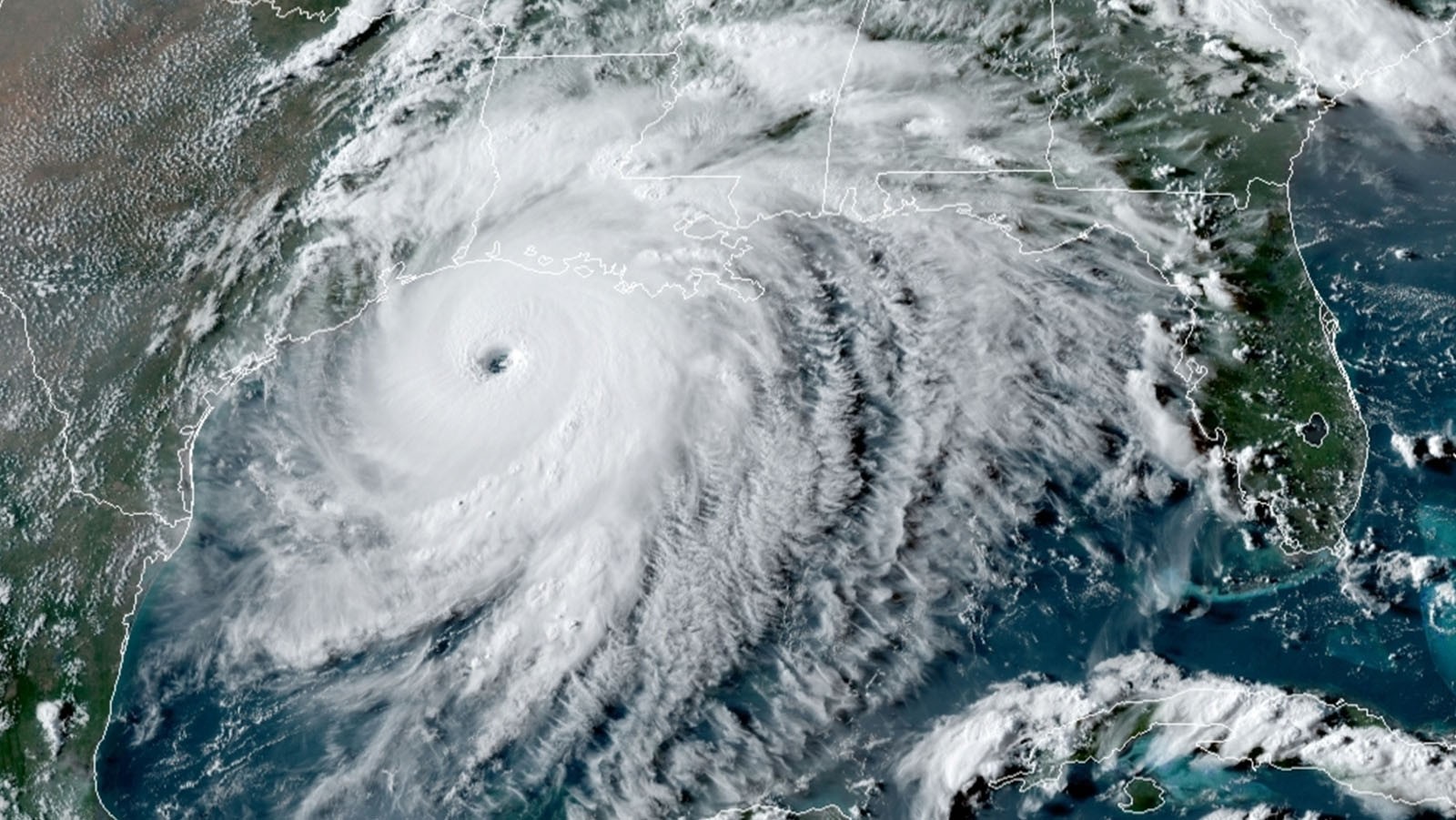This summer hurricane scientists at AOML collected vital data, tested new instruments, collaborated with numerous partners, and used cutting-edge models to safeguard communities in the path of destructive storms. These efforts advanced the understanding of tropical cyclones and helped NOAA issue accurate, updated forecasts that protected life and property.
The active 2021 Atlantic hurricane season ended on November 30, producing 21 named tropical storms (39‑73 mph winds), seven hurricanes (74 mph winds and above), and four major hurricanes (111 mph winds and above). The year will be remembered as the third-most active on record, as well as the third costliest, causing more than $80 billion in damage.
Despite ongoing challenges due to the global pandemic, scientists at AOML worked with partners at NOAA’s Aircraft Operations Center to ensure Hurricane Hunter airborne missions were adequately staffed and supported by AOML’s Hurricane Research Division and University of Miami-Cooperative Institute for Marine and Atmospheric Studies and colleagues.
Their participation was critical to the success of NOAA’s 2021 Hurricane Field Program, focused this year on the Advancing the Prediction of Hurricanes Experiment (APHEX) field campaign. Throughout the season they flew 52 missions in support of APHEX aboard NOAA’s Hurricane Hunter aircraft, totaling 467 flight hours.
Observations gathered in Elsa, Fred, Grace, Henri, Ida, Larry, and Sam included 146 quality-controlled tail Doppler radar analyses aboard the P-3 and G-IV Hurricane Hunter aircraft and the deployment of 1,324 GPS dropsondes and 131 airborne expendable bathythermographs. The first ever P-3 deployment of eight air-launched autonomous observer, or ALAMO, floats additionally occurred ahead of hurricanes Grace and Sam.
These real-time measurements provided invaluable information about storm intensity, atmospheric moisture, temperature, and pressure, and the temperature-salinity structure at the ocean surface to depths of 1200 meters. The data were transmitted to NOAA’s National Hurricane Center and the Environmental Modeling Center, as well as assimilated into the Hurricane Weather Research and Forecasting model, for track and intensity forecasts.
A promising new instrument, an airborne Micro-pulse Doppler lidar, or MicroDop, was also tested in collaboration with NOAA’s Chemical Science Laboratory. A MicroDop installed aboard a P-3 Hurricane Hunter aircraft successfully demonstrated the value of wind lidar measurements to more accurately depict the tropical cyclone environment.
In addition to NOAA’s Hurricane Field Program, two separate field campaigns were conducted with partnering agencies, promoting NOAA’s successful collaborations with it research associates. Data gathered during the Office of Naval Research and NASA field efforts will be used for future studies focused on a variety of research topics, including tropical cyclone rapid intensity change, the Saharan Air Layer, African easterly waves, and deep convection in the Inter-Tropical Convergence Zone.
Lastly, high-resolution, storm-following nests added to the Hurricane Analysis and Forecast System (HAFS), NOAA’s next-generation modeling and data assimilation platform, enabled the movement and evolution of tropical cyclones to be tracked with ever greater detail. This milestone lays the foundation for future advances in hurricane forecasting, beyond the scope of NOAA’s current state-of-the-art Hurricane Weather Research and Forecasting model.
Hurricane scientists at AOML collected key observations this summer to help vulnerable communities prepare for severe weather. Their efforts during the active 2021 Atlantic hurricane season resulted in numerous accomplishments and successful collaborations that ensured the success of NOAA’s Hurricane Field Program.
